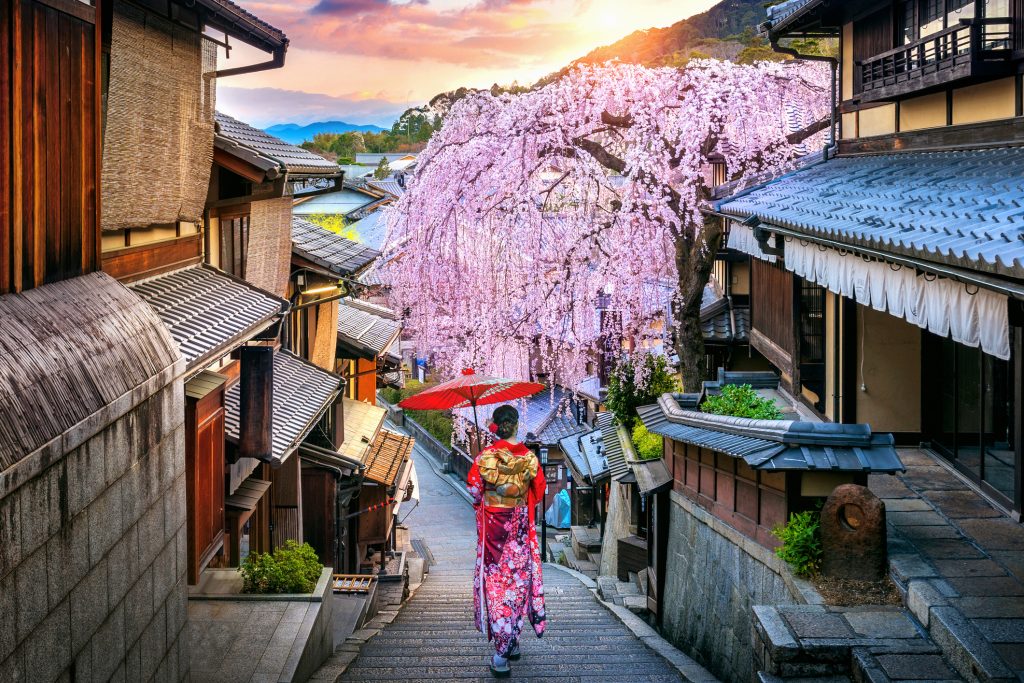
On January 1, 2020, the western format of given name followed by family name will officially change in Japan. On governmental documents and websites Prime Minister Shinzo Abe will become known as ABE Shinzo—capitalization of the family name is also recommended—and other public figures will be expected to do the same. There is no obligation on ordinary citizens to follow suit, but the advantages of standardization suggest that over time the new format is likely to become the norm.
From the early years of the Meiji period, in the 1870s, Japanese people have identified themselves to foreigners in the common western style of given name followed by family name. In native Japanese, however, the order is always family name followed by given name.
The move may seem minor, but it is highly symbolic to many Japanese people to whom it represents a move away from catering to Westerners, as Asia rises in geopolitical and cultural power.
Several years ago, Japan’s Cultural Affairs Agency (CAA) issued an advisory notice on the use of the native name order in English contexts, but it was ignored. Now, the move has public support—a recent opinion poll showed 60% in favor of the change.
The justification, as set out on the CAA’s website, is that Japan is aligning itself with other East Asian nations like China, Vietnam, and South Korea, all of which put the family name first.







